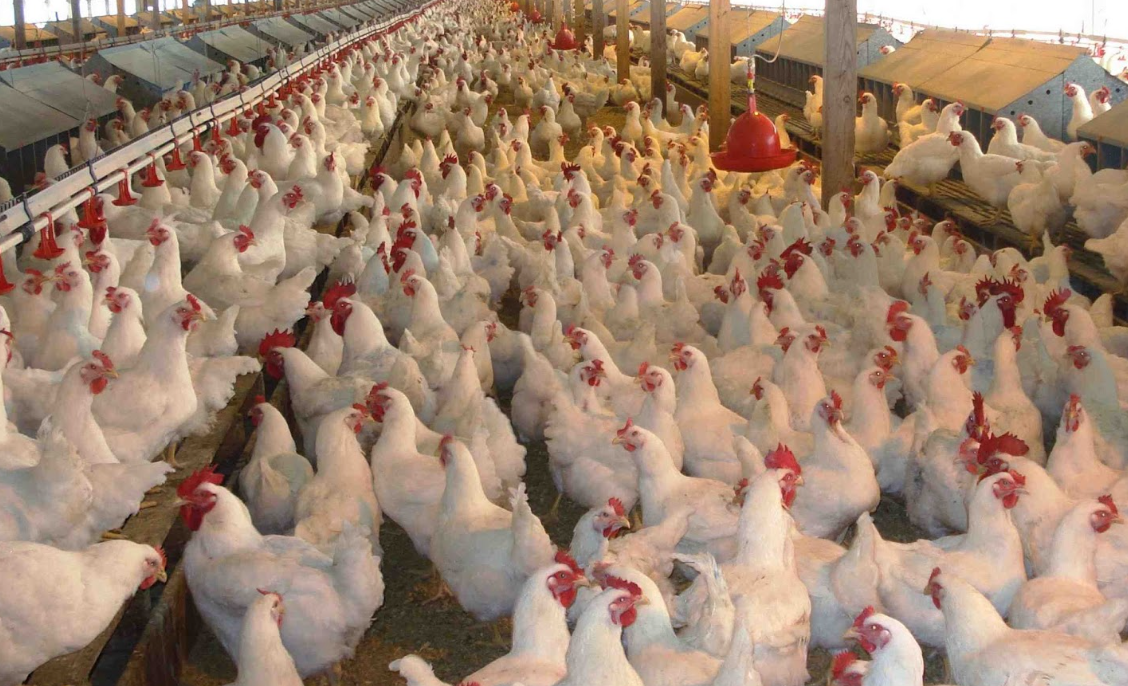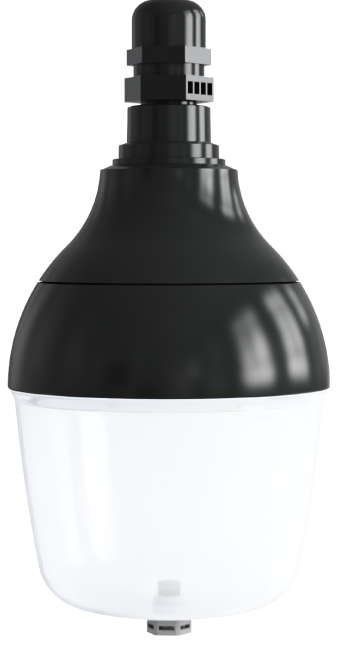How Much Light Do Chickens Need in a Coop
How Much Light Do Chickens Need in a Coop?

Lighting in chicken coops significantly impacts health, productivity, and welfare. Below is a scientifically validated and optimized guide based on age, purpose (broilers vs. layers), and welfare requirements:
1. Light Intensity
Broilers (Meat Chickens):
Feeding Zones: 20 lux (white or green LED) promotes feeding activity and growth. Studies confirm higher feed intake and weight gain compared to ≤5 lux.
Resting/Transit Areas: 1–2 lux (warm-toned LED) reduces stress and aligns with natural low-light preferences.
Layers (Egg-Laying Hens):
General Lighting: 15 lux (green LED) maintains egg production and improves eggshell strength (e.g., green light at 520nm wavelength).
Molting/Recovery Phases: Reduce to 5–10 lux to minimize stress during non-laying periods.
Chicks: Start with 10–20 lux for the first week to encourage activity, then gradually reduce intensity.
2. Photoperiod (Light Duration)
Intermittent Lighting: Programs like 17L:3D:1L:3D (17h light, 3h dark, 1h light, 3h dark) improve energy efficiency and reduce ocular stress without compromising growth.
Continuous Lighting: While 23L:1D (23h light, 1h dark) is common for early growth, transition to 18L:6D by week 3 to lower eye health risks and metabolic strain.
Layers:
14–16 Hours of Light: Maintain consistent daily photoperiods to stabilize egg production.
Darkness Requirement: ≥6 hours of uninterrupted darkness synchronizes circadian rhythms and reduces pecking behaviors.
Regulatory Note: EU Directive 2007/43/EC mandates ≥6h darkness for broilers.
3. Light Source and Color
LED Lighting:
Superior to fluorescent bulbs in energy efficiency (up to 50% savings), lifespan, and adjustable intensity/color.
Broilers: White or green light (500–570nm) enhances feeding; red light (630–700nm) in intermittent programs reduces aggression.
Layers: Green light improves eggshell quality; red light may boost egg production in some breeds.
Avoid: High-intensity (>30 lux) or flickering lights, which cause stress and eye damage.
4. Behavioral and Welfare Considerations
Darkness: ≥6h daily darkness is critical for melatonin production, immune function, and reducing feather pecking.
Resting Areas: Maintain ≤2 lux to mimic natural roosting behavior. Use dimmable LEDs to create gradient lighting zones.
Heat Stress Mitigation: In hot climates, reduce light intensity (<5 lux) and duration to lower metabolic heat production.
5. Related Product

_thumb.jpg)